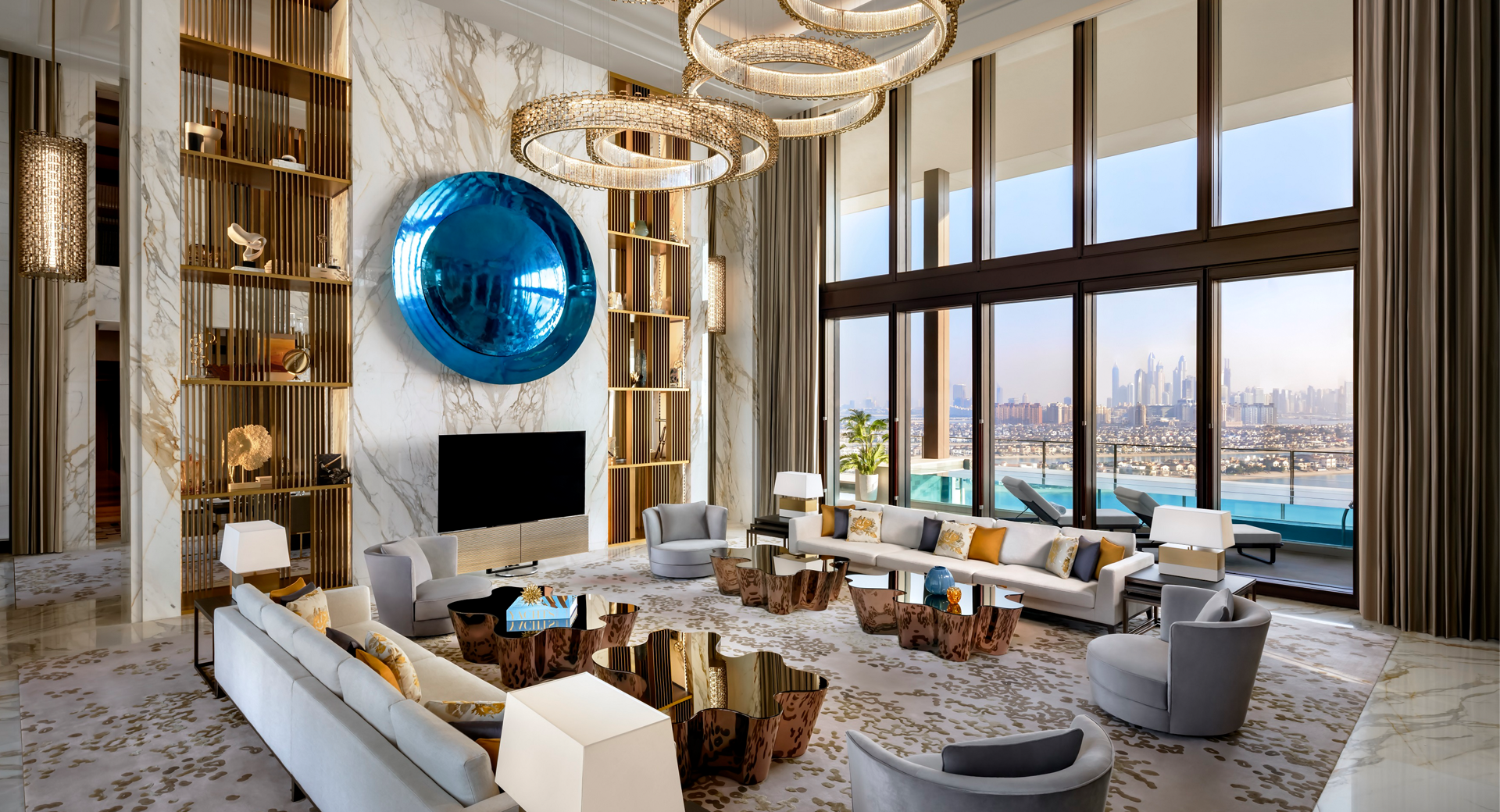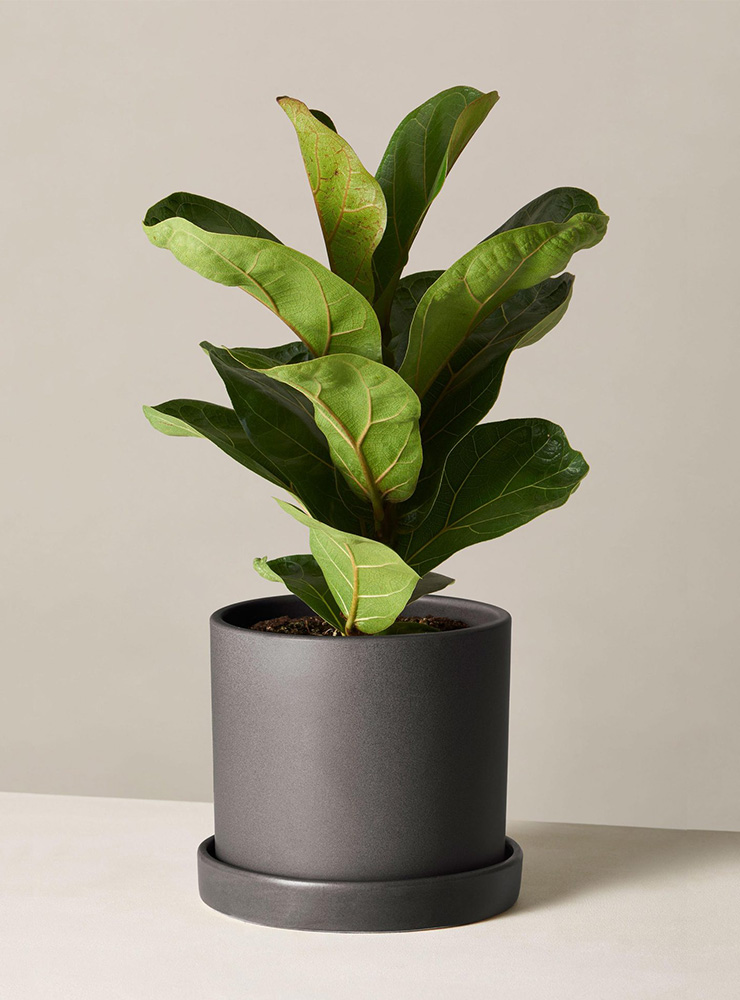
Royal Mansion at Atlantis the Royal named 'The most expensive hotel room in the World'
20th March 2024 | Hot off the press
At the beginning of March, the G.A residential team attended a talk at Bespoke Careers lead by Oliver Heath, an industry leader in biophilia.
Biophilia is a theory that understands that as human beings, we have an instinctive bond with nature and our natural surroundings. G.A has been studying this bond and looking at ways to apply it to the spaces where we live, stay, shop, relax and work.
In December 2019, Curiosity Bites investigated the growing awareness of how the spaces we inhabit affect our wellbeing, while also looking at the ways the G.A Group use biophilic design in luxury hospitality and residential interiors.
In these uncertain times, it is more important than ever to think about how to create interior spaces that can stimulate and calm us simultaneously, spaces that provide comfort and a sense of sanctuary.
This article will reiterate the key aspects of biophillia and provide top tips from G.A residential interior designer, Francesca Vrittone, on simple ways to apply biophilic ideas at home!
Oliver Heath, industry leader in biophilic design
Biophilic expert Oliver Heath detailed the specific benefits of biophilic design:
• Office design: productivity can be increased by 8%, rates of well-being up by 13%, increases in creativity, with reduced absenteeism and presenteeism.
• Hospitality design: Guests willing to pay 23% more for rooms with views of biophilic elements.
• Education spaces: increased rates of learning 20-25%, improved test results, concentration levels and attendance, reduced impacts of ADHD.
• Healthcare spaces: post-operative recovery times decreased by 8.5%, reduced pain medication by 22%.
• Retail: the presence of vegetation & landscaping has been found to increase average rental rates on retail spaces with customers indicating they were willing to pay 8-12% more for goods and services.
• Homes: can become more calming & restorative, with 7-8% less crime attributed to areas with access to nature and can command an increase of 4-5% in property price.
Natural coloured paint, recycled and upcycled materials, surfaces and finishes made from locally sourced fabrics or wood… these are all key when incorporating biophilic design into the building of a home or hotel.
But how can we apply these ideas to our existing homes?
Here are two of the key biophilic design points, with some easy ways to transform your new WFH environment:
Visual Connection with Nature
Visual connections with elements of nature, living systems and natural processes help to convey a sense of time. They inform us of what the weather is doing and force us to remember that there are other living things around us too, helping us to feel connected to the natural world. Seeing these transformations, in the weather, seasons and day-to-day life can both stimulate and soothe.
In other words, water your potted plants and set up your work station by a window!
Residential designer Francesca Vrittone adds that not only are plants pleasing aesthetically, they also act as natural air purifiers!
Francesca advises us to try and stay in bright rooms while working, the warmth and energy of direct sunlight encourages productivity and creativity while also helping us feel grounded.
If natural light isn’t option however, Francesca stresses that it is important to maintain circadian rhythms as much as possible – this means sticking to schedules, maintaining a healthy regime, waking up at a fixed time and trying to preserve the normality of your daily routine.
Non-Visual Connection with Nature
It’s also important to consider senses other than seeing – thinking about what we are hearing, feeling and smelling and how these factors can cause an intended and positive reference to nature can instantly help us to feel fresher, more well-balanced and comfortable.
Francesca urges us to think about the air flow in our homes, “it’s good to change it often so perhaps remembering to ventilate the rooms at least a couple of times per day, this will better the quality of the air. Fresh air, fresh ideas!”
Opening the windows can also allow the noises of nature to drift in, although in big cities this may be wishful thinking… there are, however, plenty of natural noise compilations on YouTube and Spotify. Type away to the soft patter of rain or the call of exotic birds in the rainforest, there are plenty of soothing background sounds to help you focus and remain productive.
Check out our curated list on best places online to buy plants and accessories to improve your working from home environment:
www.thega-group.com/blog/growing-indoors-house-plants-and-online-cultural-guidance/




